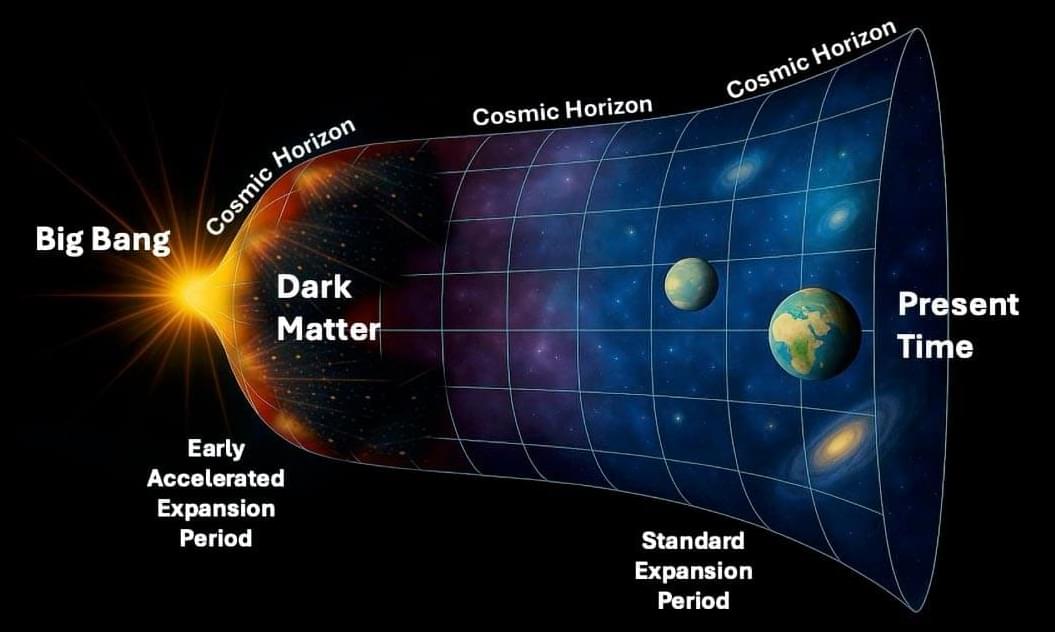Van Gogh’s “The Starry Night” has stirred the souls of art lovers for over a century. Now, its swirling skies may also speak to physicists, as it echoes the patterns of quantum turbulence.
Physicists at Osaka Metropolitan University and the Korea Advanced Institute of Science and Technology have for the first time successfully observed the quantum Kelvin–Helmholtz instability (KHI)—a phenomenon predicted decades ago but never before seen in quantum fluids. The instability produces exotic vortex patterns known as eccentric fractional skyrmions, whose crescent-shaped structures bear a resemblance to the moon in Van Gogh’s masterpiece.
KHI is a classic phenomenon in fluid dynamics, where waves and vortices form at the boundary between two fluids moving at different speeds—as seen in wind-whipped ocean waves, swirling clouds, or Van Gogh’s skies.








